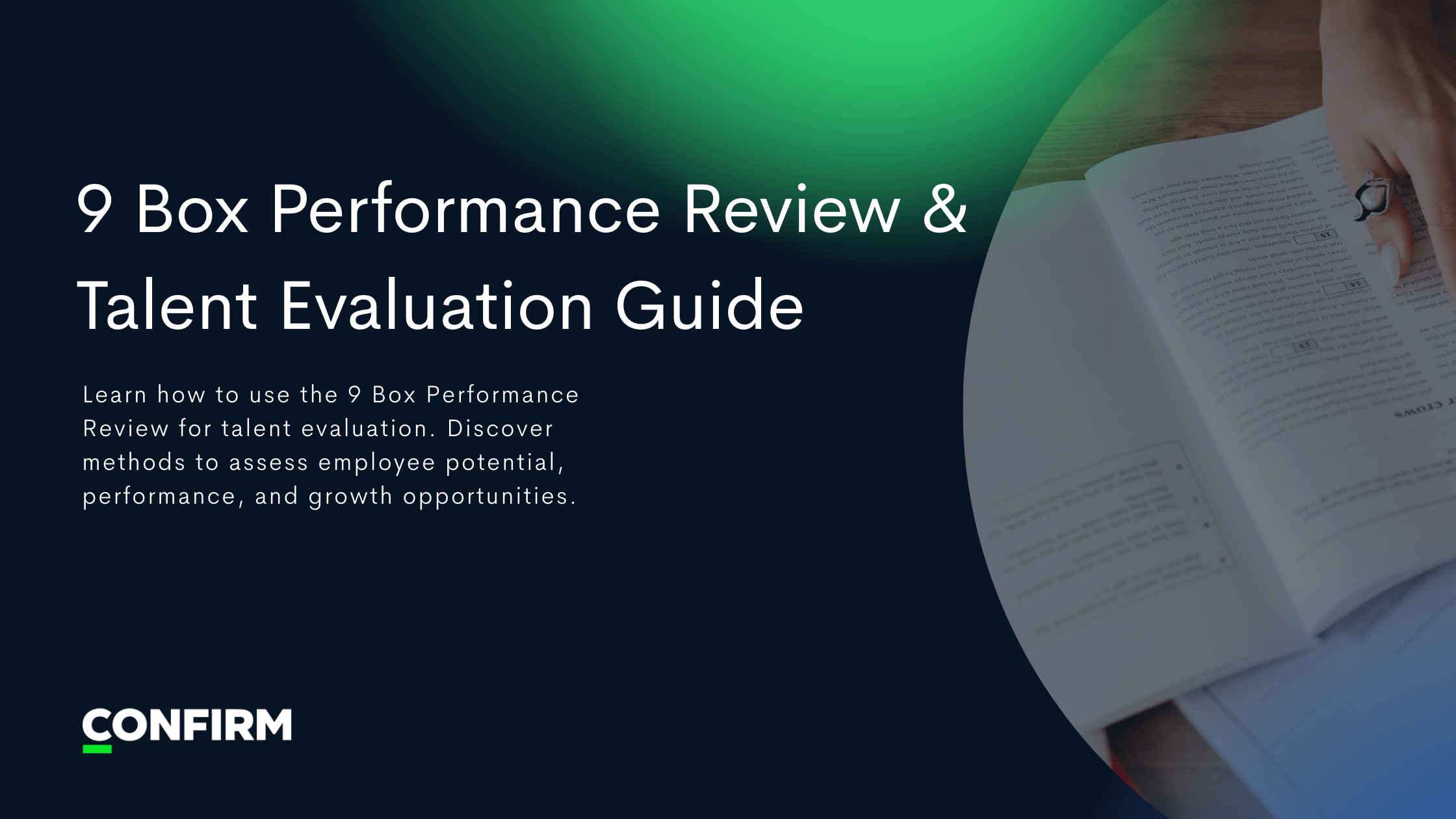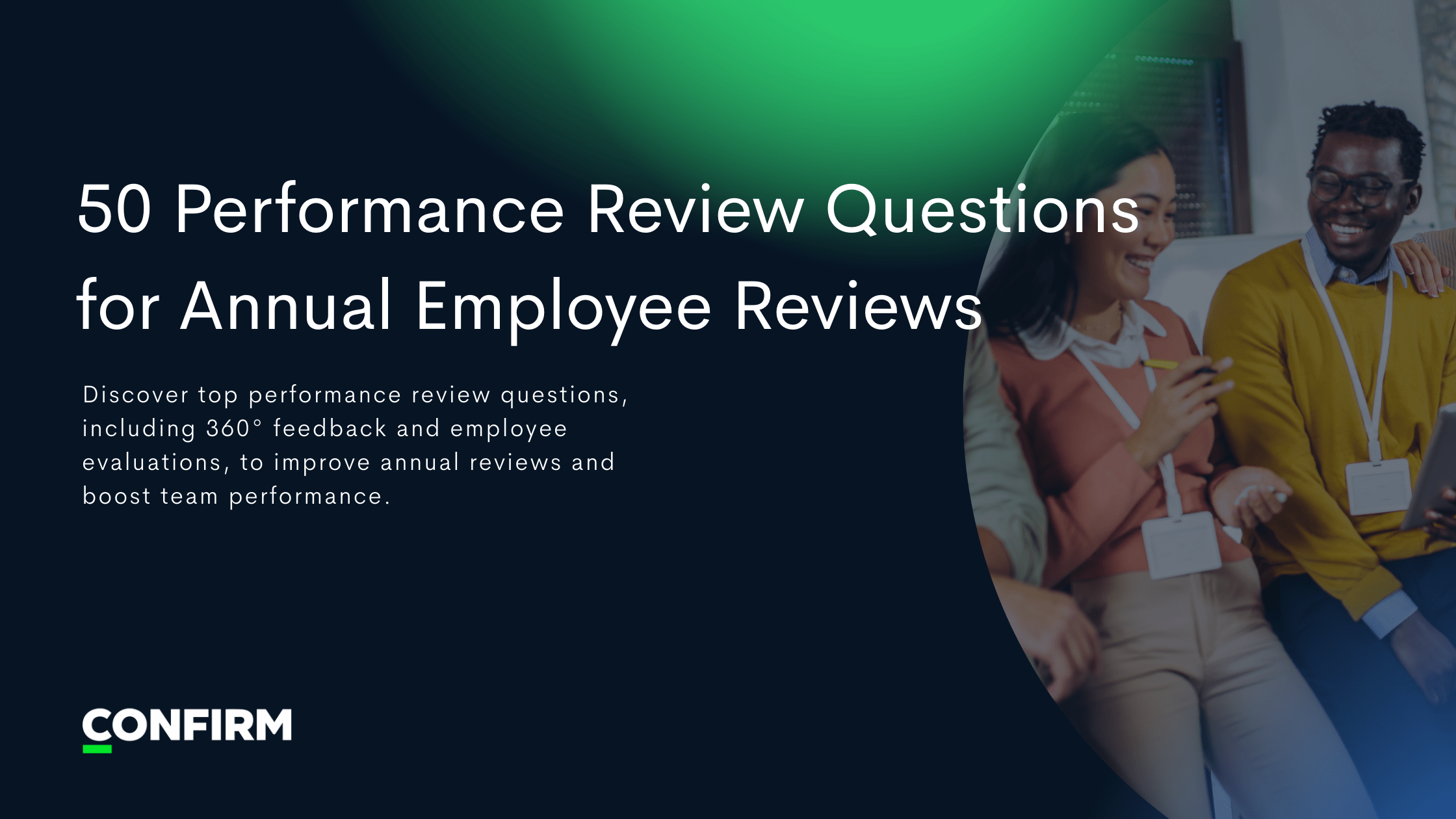
Blog post
Beyond Continuous Feedback: How To Revolutionize Frequent Performance Management
Continuous feedback isn't perfect, but with a few tweaks, it can be very valuable!

Most people agree: traditional performance reviews are broken. The solution? Many companies believe it should be continuous feedback. Continuous feedback is definitely better than the traditional annual review. But it still doesn't address traditional PM's biggest problems.
In this blog post, we will examine why. For example, manager-driven feeback is still subjective and narrow. Then we discuss how Organizational Network Analysis (ONA) can solve these problems.
The Limitations of Continuous Feedback
1. Subjectivity Persists:
Managers' opinions and bias still skew performance reviews. This leads to unfair evaluations. Quiet high performers still go unrecognized. The ratings are not based on performance, but on managers' perceptions.
Imagine a manager. They have a good relationship with one employee. The same manager has trouble connecting with another. Their performance levels are equal. The first employee may receive positive feedback . The latter might receive less favorable reviews. Who is most likely to get a raise or promotion?
2. Lack of Structure and Consistency:
Continuous feedback has no structure. This makes it difficult to compare employee performance.
In one department, each manager has different priorities. One manager might value punctuality, while another values creativity. An employee working for manager A might get rated and rewarded as a high performer. Under manager B, that same employee receives average ratings for the same work. This is bad for employees and the company. How can we identify our high performers in this environment?
3. Feedback Overload
Continuous feedback is overwhelming for managers and employees. Feedback without context is useless. Too much feedback weakens its effect.
Imagine an employee receives feedback on different skills each week. One week, they're told to work on communication. Next week, they're told to focus on time management. In this situation, the employee may struggle without a clear development plan. How can employees focus on their most important development areas?
4. Insufficient Data for Holistic Assessment:
Continuous feedback focuses on the recent performance of an employee. This approach overlooks patterns that develop over time. This means your organization will fail to recognize an employee's full potential.
Example: A skilled worker produces excellent results. They make minor mistakes, but their work is strong. Then, their manager focuses only on the mistakes. The employee misses out on future opportunities. Result? The performance process stifles the employee's career.
The Power of Organizational Network Analysis (ONA)
ONA solves problems that continuous feedback doesn't solve. ONA uses data and insights from employee interactions, collaboration patterns, and relationships. Organizations can use this foundation to fix issues in traditional performance management. Continuous feedback is unable to correct these issues.
1. Learn how work actually gets done at your organization
ONA studies work relationships and collaborations to give clear insights. The analysis goes beyond personal opinions and biases. ONA helps you understand how employees contribute to success using data. It goes beyond the surface to show you who your top and bottom performers are.
An employee gets mixed feedback from their manager. ONA shows that this employee is an important connector between teams. They enable collaboration across different departments. The organization would not recognize the value of this employee without ONA.
2. Structured Assessment
ONA brings structure to performance assessment. It removes bias from the process. It brings data to the performance management process. This approach guarantees a consistent evaluation process. It also clarifies each employee's role in the organization's network.
ONA can an employee's role as a knowledge hub for others. ONA shows their value to the organization, going beyond subjective manager feedback.
3. Data-Driven Development:
ONA helps organizations create development plans for employees using data. Employees can enhance their network and collaboration in specific areas. This improvement will assist them in enhancing their connections and contributions .
For organizations that prioritize skill assessment as part of their development plans, using reliable software for online exam can provide a structured approach to evaluating employee knowledge and performance.
Example: An employee may get feedback on improving communication skills. ONA can identify specific relationships or connections that need improvement. This will make the employee more effective.
4. Holistic Performance Evaluation:
ONA evaluates an employee's performance by looking at their network. It also considers how they impact the organization. It recognizes the individual's contributions and their role in promoting collaboration and innovation.
With ONA, the employee gets positive feedback for teamwork. Leadership knows they are an important link between departments. This employee solves problems and shares knowledge.
Continuous feedback is important for good performance management. The problem is, it doesn't solve the worst problems of traditional performance management. It doesn't help decide how pay and promote your people. ONA reduces bias for all employees.
ONA produces information and reviews based on real data. HR and management also get a more complete view of employee performance. Organizations can use this solution to transform their performance management. Organizations can use ONA to go beyond continuous feedback. They can create a fair and efficient performance management system.
Ready to see Confirm in Action?
See why forward-thinking enterprises use Confirm to make fairer, faster talent decisions and build high-performing teams.









